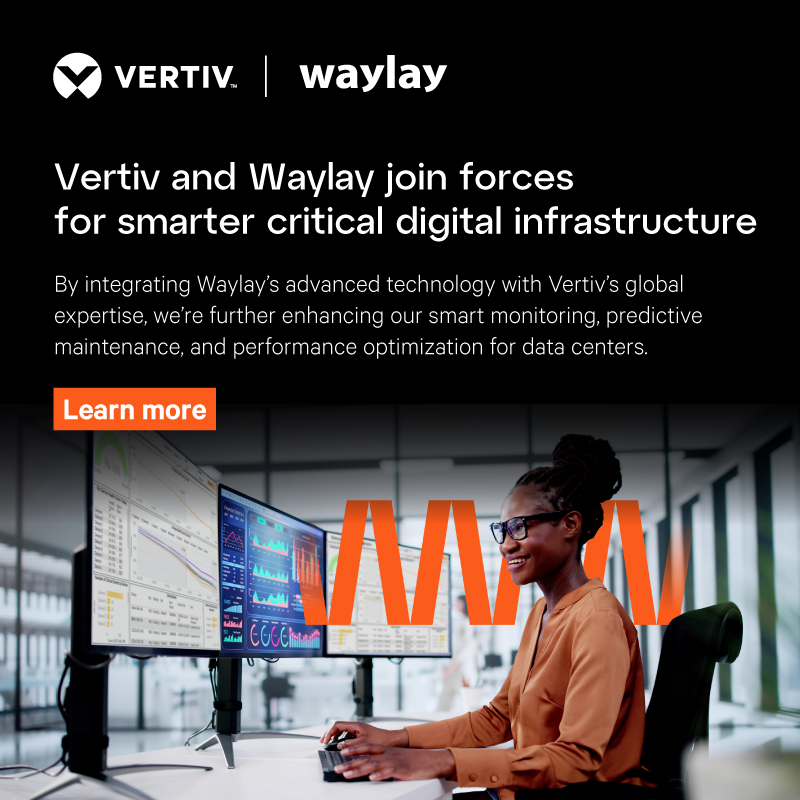In early markets, individual companies tend to come up with complete solutions in order to overcome interoperability problems and to offer customers a one-stop shop for end-to-end solutions without headaches. However, as technology evolves and becomes more mainstream, the value chain decomposes and components of the ecosystem are delivered by different parties, each with their specific focus and specialisation. This same evolution is happening as we make the transition from M2M (machine-to-machine) to IIoT.
In many machine-to-machine solutions, the complete solution is delivered by a single player. This one company builds hardware, firmware, back-end infrastructure as well as end-user interfaces for the particular vertical or set of verticals it is active in. Obviously, this is a daunting task, given the number of domains in which expertise is required to build such end-to-end systems. Moreover, there are no economies-of-scale as expertise is not reused across domains, while many IIoT verticals face similar basic needs.
That is perhaps the reason why M2M has failed to engage many end-users. M2M companies are spread too thin across the different domains of expertise and the use cases, price point or user experience could not match customer expectations. Waylay believes that this is bound to change.
APIs (Application Programming Interfaces) have become the cornerstone of the modern Internet, they are the glue that make software remotely addressable, see e.g. Software is eating the world, APIs are eating Software. APIs make it possible to build SW applications that rely on other SW applications as building blocks, in that sense you can think of APIs as the new software libraries. APIs allow to build SaaS SW products where the API is the service, and the developer is the customer.
At Waylay we believe that the same paradigms which are already prevalent in the Internet will be adopted in IIoT. Instead of having one company building end-to-end applications, successful IIoT applications will be built by integrating best-of-breed technology components. Maturing connectivity standards and API-technology will be the key technological enablers for this paradigm shift. As an example, future IoT applications can be built using any subset of the following ecosystem components:
- Device vendors with expertise in ergonomics, end-user interaction and aesthetically design of sensors casings.
- Mobile app developers with expertise in user interface design
- Companies delivering data aggregation and device management capabilities
- Companies delivering big data and cognition expertise providing data analysis for new insights as well as real-time reasoning and decision making capabilities.
- Integrators that build and market vertical solutions based on these best-of-breed components.
You believe this evolution is still far away? Think again. In today’s iBeacon ecosystem, iBeacon producers, mobile app developers and cloud back-end providers are typically already three different companies.
At Waylay, we do not build end-to-end IIoT applications, we provide companies in the IIoT ecosystem with a state-of-the-art cognition platform that enriches IIoT applications with real-time decision making, reasoning, troubleshooting, automation and learning capabilities.















